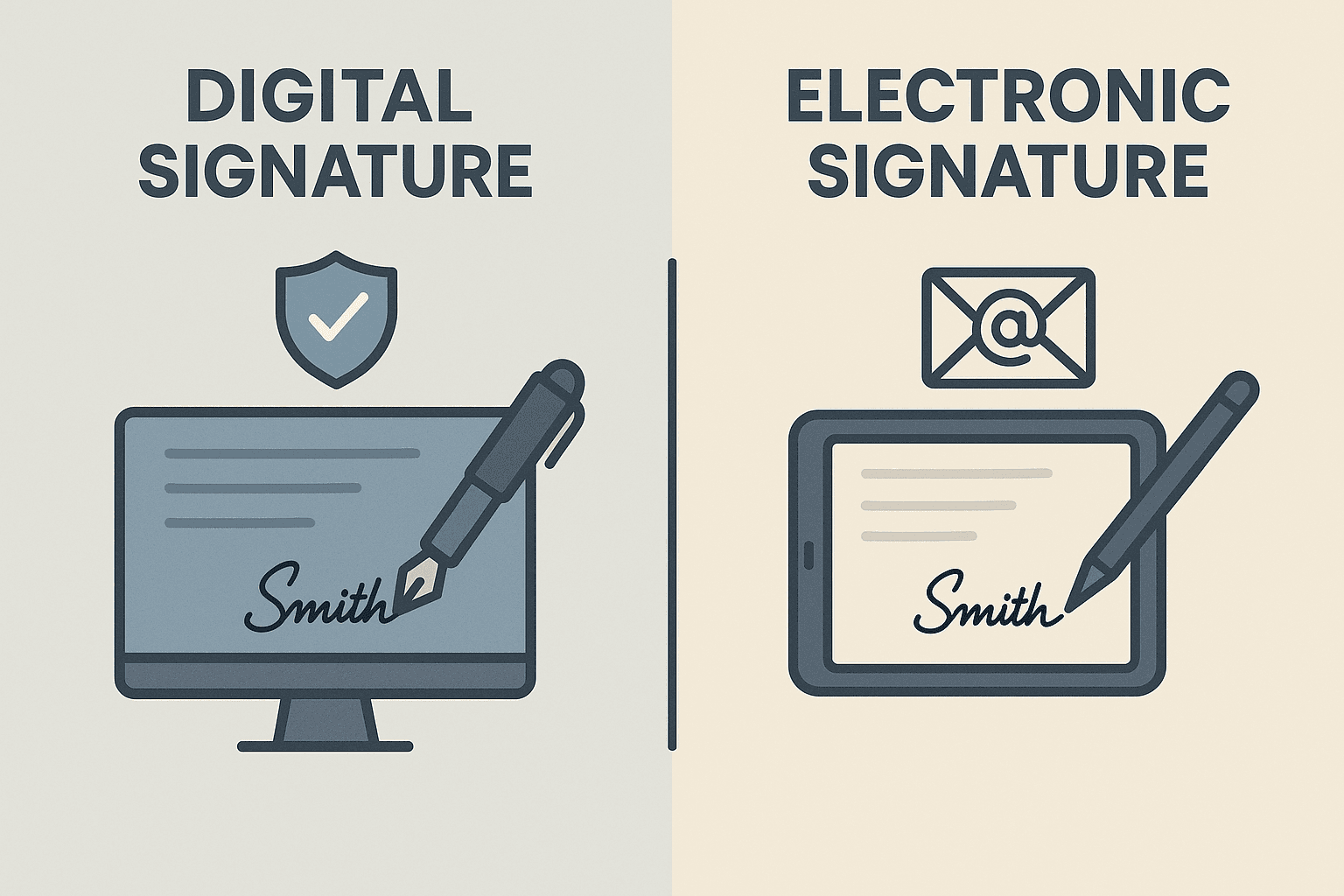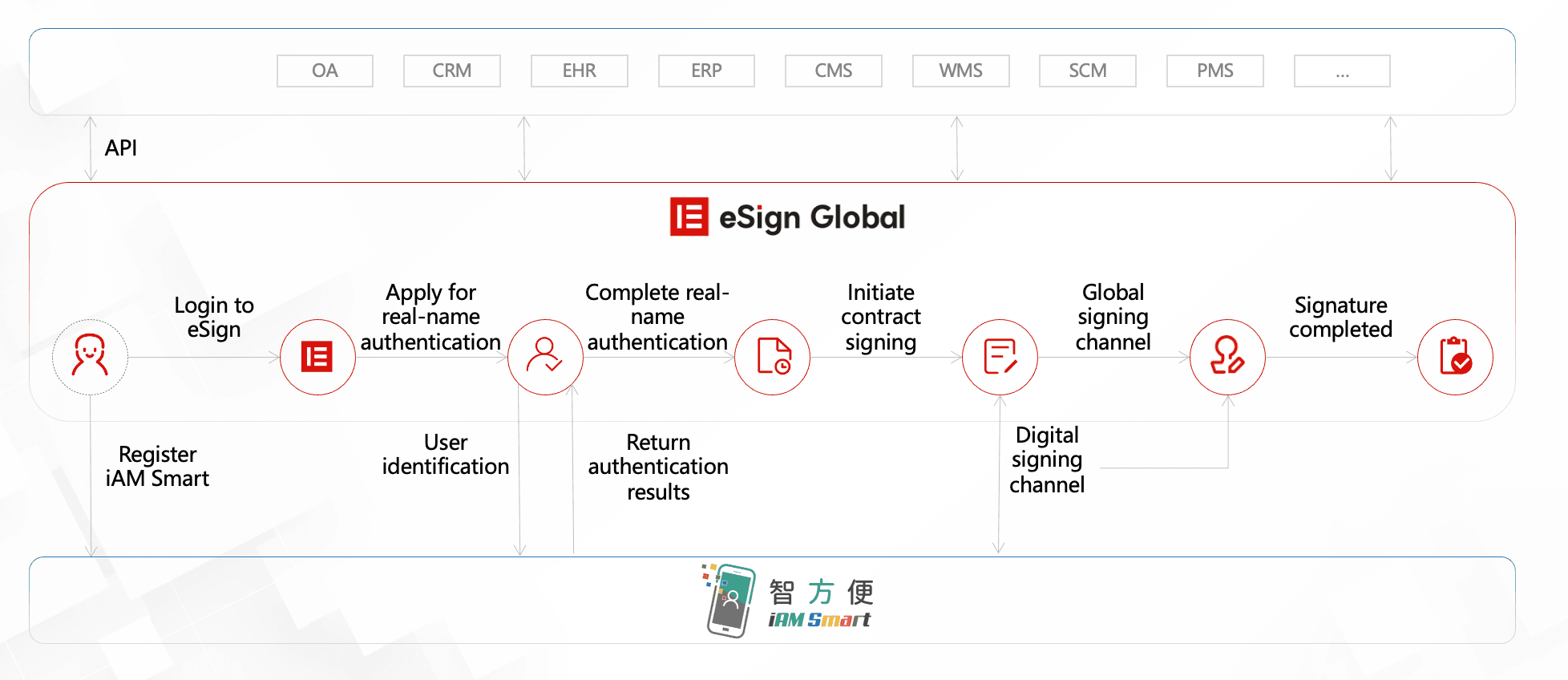WhatsApp or email with our sales team or get in touch with a business development professional in your region.
what is digital signature verification





What is Digital Signature Verification?
In the modern age of digitized business transactions, the necessity for secure and tamper-proof methods of authentication is paramount. One of the keystones of secure digital communication is the digital signature, and equally important is a process known as digital signature verification. Understanding what digital signature verification entails is not only crucial for IT professionals and legal advisors, but also for businesses, especially those operating in legally diverse jurisdictions such as Hong Kong and Southeast Asia.
This article explores what digital signature verification is, how it works, and why it’s essential for companies operating in a digitally driven economy—where authenticity, integrity, and legality are vital for success.
Understanding Digital Signature Verification
At its core, digital signature verification is the process of validating the authenticity and integrity of a digitally signed message or document. Think of it as the digital version of handwriting-expert verification for handwritten signatures—but far more accurate and secure.
A digital signature, unlike a simple electronic signature, is created using cryptographic algorithms. These secure methods bind the signatory’s identity to the document in a way that is mathematically verifiable and nearly impossible to forge. The verification step then checks whether:
- The digital signature was created by the claimed signer.
- The document has not been tampered with after signing.
Essentially, digital signature verification confirms whether the digital signature is valid through the use of a public key infrastructure (PKI).
How Does Digital Signature Verification Work?
Verifying a digital signature involves several steps, using public-key cryptography. Here’s how the process typically works:
- Creation of Signature – When a person signs a digital document, their private key encrypts a special type of data called a hash (a unique digital fingerprint of the document’s contents).
- Transmission – The document, along with its digital signature, is sent to the recipient.
- Verification – The recipient uses the sender’s public key to decrypt and validate the signature. If the decrypted hash matches the one generated from the received document, the signature is valid.
This mechanism ensures that:
- The content was not altered.
- The document was truly signed by the detector (authenticity).
- The signer cannot later deny having signed it (non-repudiation).

The Legal Backbone: Regional Terminologies and Compliance
Digital signature verification must also comply with local legal frameworks. In jurisdictions such as Hong Kong and across Southeast Asia, regulatory bodies often distinguish between “electronic signatures” and “digital signatures” under e-commerce and cyber law acts.
- Hong Kong: Under the Electronic Transactions Ordinance (Cap. 553), a “digital signature” must be supported by a recognized certificate issued by a certification authority (CA). The ordinance defines specific duties for verification processes, ensuring both security and legal integrity.
- Singapore: The Electronic Transactions Act (ETA) distinguishes between a general electronic signature and a secure electronic signature backed by verifiable digital certificates.
- Indonesia and Malaysia: These countries have adopted similar frameworks that require the involvement of certified electronic signature providers.
As a result, businesses that operate in these regions must ensure that whatever digital signing solution they use includes a sound verification process that meets local legal terminologies and compliance standards.
Key Benefits of Digital Signature Verification
1. Enhanced Security
Since digital signature verification relies on advanced encryption, it is virtually immune to common risks such as forgery and tampering. This ensures that sensitive documents such as contracts, governmental forms, or banking records remain intact and secure.
2. Legal Acceptability
In compliant digital ecosystems like that offered by eSignGlobal, the verification mechanism aligns with regional legal expectations, offering a legally binding assurance to all parties involved.

3. Time and Cost Efficiency
Manual verification of handwritten signatures can take days or even weeks, especially across borders. Digital method saves immense time, while verification occurs within seconds.
4. Non-Repudiation
The verification process also ensures that a signer cannot unwittingly deny their action later, which is crucial in mitigating disputes and ensuring accountability.
Differentiating Between Digital and Electronic Signatures
Before diving deeper into verification, it’s important to clarify a common point of confusion.
- Electronic Signature: Any mark or symbol used electronically to signify agreement, like typing a name or ticking a box.
- Digital Signature: A specific type of electronic signature that uses cryptographic algorithms for improved security and verification.
In many legal systems, only digital signatures with verifiable certificates fulfill the legal codes for certain documents (e.g., government permits, intellectual property filings).

Why Verification Matters Even More in Regional Business Transactions
The ASEAN region is rapidly advancing in digital adoption, yet each country maintains its own interpretations of what makes a digital signature valid. Failure to understand verification requirements can lead to unenforceable contracts or legal exposures.
For cross-border businesses and startups looking into expansion across Southeast Asia and Hong Kong, choosing a signing platform that adheres to verification requirements under local regulatory bodies is not optional—it’s critical for survival and growth.
Choosing the Right Platform for Digitally Signing and Verifying
If you’re looking for a secure and legally compliant digital signature solution tailored for Hong Kong and Southeast Asia, consider alternatives to broad U.S.-centric platforms like DocuSign. A regionally-focused provider like eSignGlobal understands the intricacies of your local e-signature laws and offers systems that include end-to-end verification, localized terminology, and appropriate digital certificates.

Conclusion
Digital signature verification is more than a behind-the-scenes technical process—it’s a foundational pillar of digital trust, compliance, and secure correspondence in today’s global economy. While the technology ensures that documents remain untampered and authentic, the importance of regional legal frameworks cannot be overstated, especially in jurisdictions like Hong Kong and Southeast Asia.
Business owners, legal executives, and operations managers must ensure they use platforms that perform secure verification while conforming to local legal structures. Aligning cryptographic trust with legal expectation is the only way forward.
So if you’re operating in Hong Kong or Southeast Asia, and you need a document signing platform that supports certified digital signature verification, eSignGlobal may be your compliant answer.

Shunfang
Head of Product Management at eSignGlobal, a seasoned leader with extensive international experience in the e-signature industry.
Follow me on LinkedIn
Get legally-binding eSignatures now!
30 days free fully feature trial
Business Email
Get Started
 Only business email allowed
Only business email allowed
Latest Articles
Does using electronic signatures save revenue stamp tax (Shunyuzei) in Japan?
Is it legal to use cloud-based signatures instead of Hanko in Japan?
How to collect legally binding signatures from employees in China?
What are the requirements for an electronic invoice (e-Fapiao) signature?
How to automate sales contracts for a manufacturing business in China?
Can I use WeChat to legally sign a loan agreement?
How to verify if a Chinese electronic contract has been tampered with?
What is the best way to sign NDAs remotely with Chinese partners?


